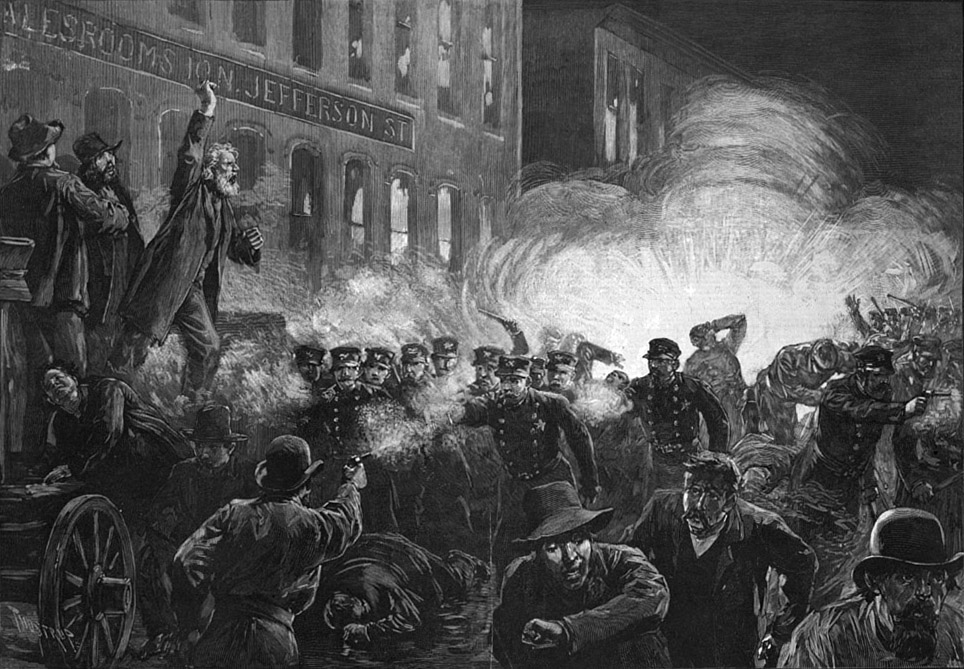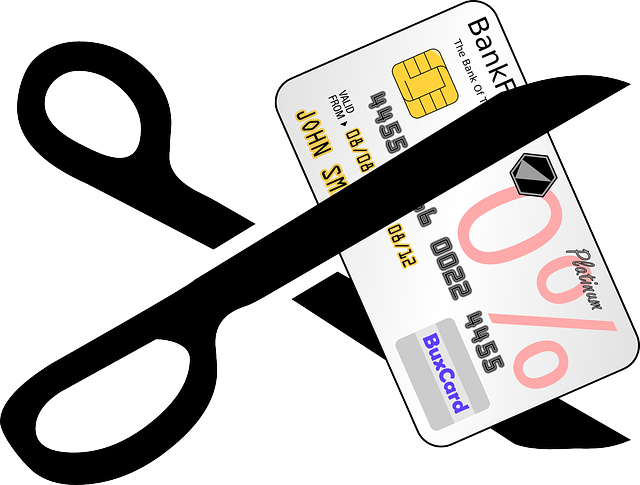After several conferences and billions of dollars spent on pollution and other problems, we are in a worse environmental state than we were 25 years ago.
No doubt, a lot of it is just big boys with their egos refusing to go first.
But when it translates into a humanitarian crisis and people refuse to sit up and do something about it, you know something is seriously wrong with this world.
And that is exactly what’s happening in the Himalayas as people, a few miles away from glacial ice, are having to fight for safe drinking water.
Regional politics and lack of regulation in Nepal, a nation nestled in the Himalayan ranges, has led to contamination of their ground and surface water by several dangerous chemicals including arsenic.
As a result, although 80 percent of the population has access to water, it isn’t safe for consumption.
Children under the age of five, as many as 44,000 of them, die each year due to waterborne diseases.
The problem that arises, and isn’t restricted to just Nepal, or even Himalayan India, is when we allow access to industrial chemicals without adequate regulation and shove vested industrialist interests into the mix, we are left with deteriorating standards of basic human amenities.
The same situation has arisen in multiple environmental microcosms of Africa, other parts of Asia and even Latin America.
At the root cause of the problem is a development model that stresses on industrial and real estate growth, often unplanned thanks to the complex political dynamics in many of these countries.
In order to play catch up with many of the more developed nations of the world, politicians and advocates of development have pushed beyond capacity in exploiting natural resources, paying no heed to the environmental consequences until it’s too late.
At conventions for climate change, these nations have refused to cut down on the exploitation, partly because there are unsavory deals between contractors for development projects and political leaders and partly because they see it as the developed world’s way of slowing them down yet again.
So, here we are, in a world where the Aswan High Dam on the Nile has created permanent damage to species of fresh-water life, to humans and to the soil and river banks in downstream and where glacial ice melts into contaminated water.
The answer, in my humble opinion, lies not in stalling development, but in finding more sustainable models of growth that require deeper wallets and more time that, with the right kind of public sector investment, can flourish and grow long term.
For, in the end, it is a two-sided sword: More regulation means higher investment and a third-party monitoring, while less regulation means fast-paced growth but a sullied ecosystem. If you wanted to make more money in a short amount of time so you didn’t have to depend on the International Monetary Fund or the World Bank, what would you pick?












